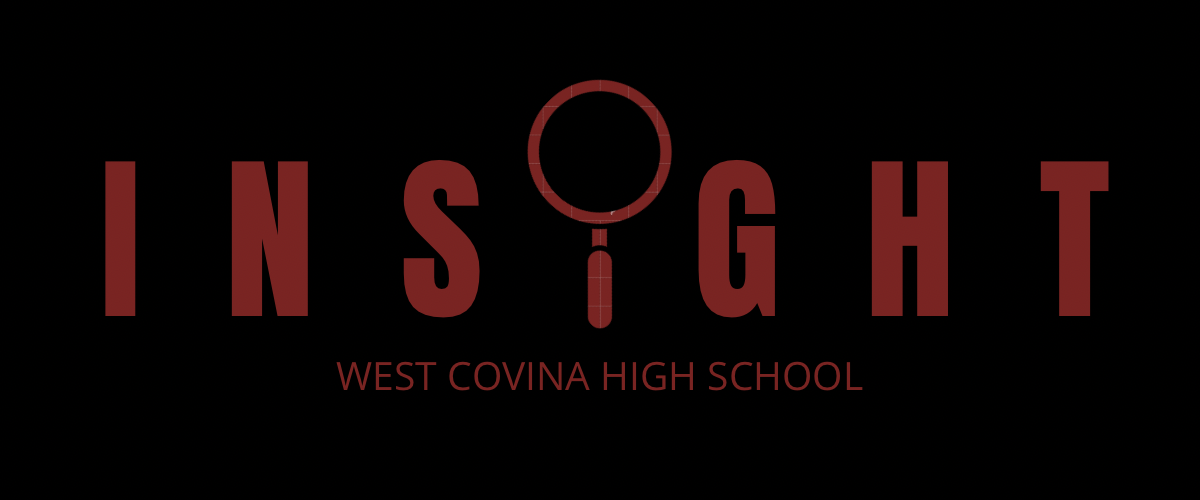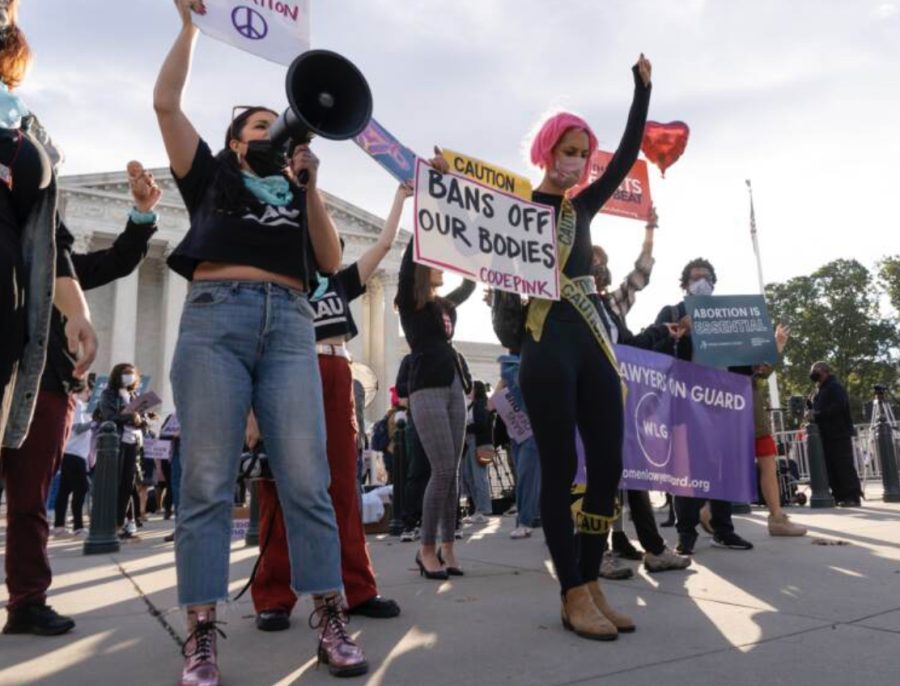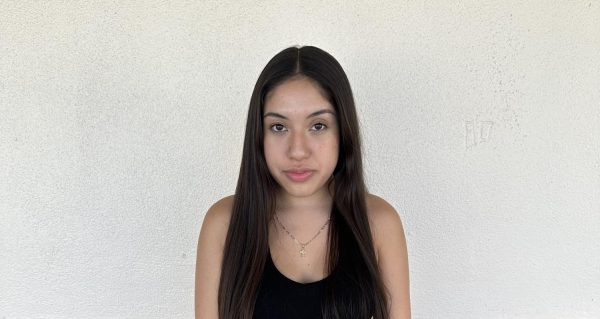It should always be a woman’s choice
Anti-Abortion activists protest outside the Supreme Court Nov. 21, 2021. Photo by AP Photo/Jacquelyn Martin
February 14, 2023
According to the National Vital Statistics System, who provides data on births and deaths in the United States, there are an estimated 6.3 million pregnancies a year with an average of 1.15 million of those ending in deliberate termination, also known as abortion.
During the procedure, the medical personnel in charge explains to the patient the different ways abortion can be done. According to the British Pregnancy Advisory Service (BPAS), a leading abortion care service, the patient can then undergo either a medical or surgical abortion.
Medical abortions can be induced when the patient is up to 10 weeks pregnant by taking a pill that causes a miscarriage. On the other hand, surgical abortions are performed by medical personnel that involves suction, general anesthetic, and using narrow forceps.
Following this, it’s common for women who’ve decided that abortion may be the right step for them to take if they experience an unwanted or unplanned pregnancy, but there are many other women who don’t have that exact choice.
In states such as Alabama, Wyoming, Michigan, Louisiana, and Utah, abortion is illegal and banned, which can negatively affect women.
According to ContextNews.org, a news network devoted to getting at the issues in a contextual framework, with up to half of the U.S ultimately banning or restricting abortion due to their lack of state laws that fail to protect abortions, these bans hit women in minority communities the hardest. Of these states, Oklahoma is the first state to ban abortion from the moment of fertilization and Texas banned abortion without the exception of incest or rape. Both can result in each woman facing up to $100,000 if abortion is provided under a trigger law, which prohibits the act of performing unauthorized abortions.
A common reason for abortion is financial disability, which according to The Turnaway Study, a longitudinal study of the effects of unwanted pregnancy on women’s lives, says that women who were forced to carry a pregnancy experienced a broad range of negative financial consequences “including lower credit scores, increased debt, and more negative public financial records such as bankruptcies and evictions.” Detailing the continuous struggles women face is a reason why they should have a choice in what they want to do with their lives.
Following the daily lives of woman there are harmful situations that can occur when the ban on abortions is extreme to where exceptions aren’t made in cases of sexual assault, rape, violations, or health endangerment. It then makes the state an unsafe area to live in for many women and when they are forced to keep an undesired pregnancy, it creates a deeply distressing experience.
In the Health and Human Rights Journal, a publication on human rights knowledge, forced pregnancies and motherhood ranges from girls aged 9-15 who are believed to be victims of rape, highly affects all aspects of each ones’ health and lives. The lives and health of these women are worsened by discrimination and lack of abortion services when needed.
Women shouldn’t have to constantly fight for what they should and shouldn’t be restricted to, especially in cases of pregnancies that may have been the result of sexual violence. Women should be able to make their own decisions about what’s best for them.



